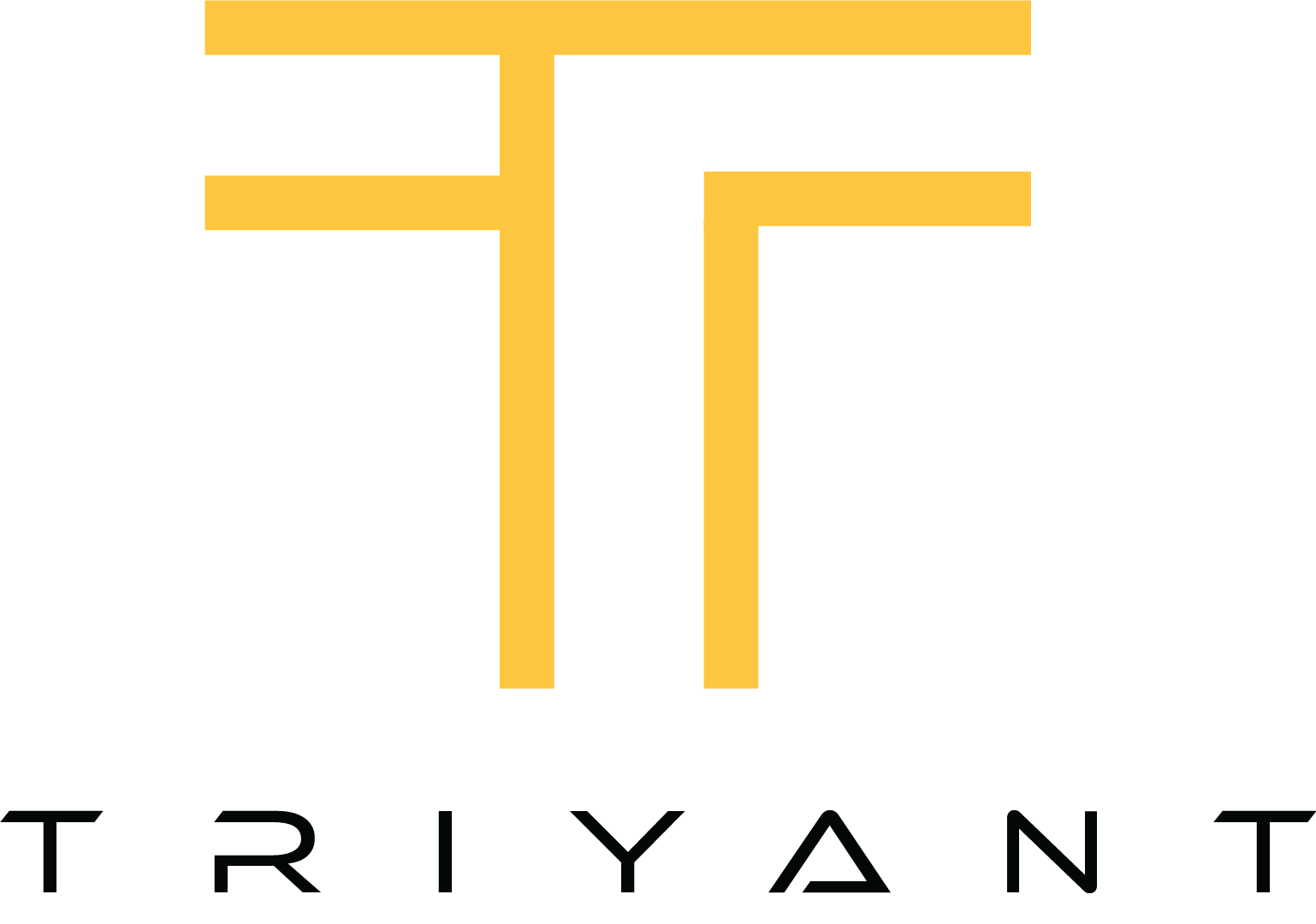- info@triyant.sg
- Paya Lebar Square Singapore
Web Design Essentials for Optimal User Experience

In today's fast-paced digital world, a website is more than just an online brochure; it's a critical touchpoint for businesses and individuals alike. But simply having a website isn't enough. To truly succeed, your website needs to offer an optimal user experience (UX). A positive UX keeps visitors engaged, encourages conversions, and builds lasting relationships.
So, what exactly goes into crafting a website that delivers an exceptional user experience? Let's dive into the core essentials:
1. User-Centered Design: Always Put Your Audience First
The foundation of great web design is understanding your users. Who are they? What are their goals when they visit your site? What problems are they trying to solve? By conducting user research, creating user personas, and mapping out user journeys, you can design with their needs and behaviors at the forefront. This isn't about what you think looks good; it's about what works best for them.
2. Responsive Design: Seamless Experiences Across All Devices
With the proliferation of smartphones, tablets, and various screen sizes, responsive web design is no longer a luxury—it's a necessity. Your website must adapt fluidly to any device, ensuring content is easily readable, images are properly scaled, and navigation is intuitive, whether someone is on a desktop monitor or a small mobile screen. This fluidity enhances accessibility and ensures a consistent, positive experience for every visitor.
3. Intuitive Navigation and Clear Visual Hierarchy
Users should never feel lost on your website. A clear and logical navigation structure is paramount. Think about:
-
Simplicity: Menus should be straightforward and easy to understand, using familiar terminology.
-
Consistency: Navigation elements should appear in the same place and behave consistently across all pages.
-
Visual Hierarchy: Use size, color, contrast, and spacing to guide the user's eye to the most important elements on a page. Headings, subheadings, and calls-to-action should stand out, making content scannable and easy to digest. This reduces cognitive load and helps users quickly find what they're looking for.
4. Blazing Fast Performance: Speed is Key
In an age of instant gratification, slow-loading websites are a major deterrent. Users expect pages to load in two seconds or less, and bounce rates increase significantly with every extra second. Website performance directly impacts user satisfaction, engagement, and even your search engine rankings. Optimize images, minimize code, leverage caching, and choose a reliable hosting provider to ensure your site is lightning-fast.
5. Engaging Content and Thoughtful Typography
Content is king, but its presentation is queen. Your website's content should be:
-
Relevant and Valuable: Address your users' needs and interests.
-
Clear and Concise: Avoid jargon and get straight to the point.
-
Well-Organized: Use headings, subheadings, bullet points, and ample whitespace to break up text and improve readability.
Beyond the words, typography plays a huge role. Choose legible fonts, maintain sufficient contrast between text and background, and use different font styles strategically to create visual interest and emphasize key information.
6. Accessibility and Inclusivity: Design for Everyone
A truly optimal user experience is one that is accessible to all, regardless of ability or circumstance. This means:
-
Providing alternative text for images.
-
Ensuring keyboard navigability for all interactive elements.
-
Using clear, high-contrast color schemes.
-
Considering users with diverse backgrounds and needs.
Designing for accessibility isn't just about compliance; it's about widening your audience and demonstrating a commitment to inclusivity.
7. Interactive Elements and Feedback Mechanisms
Engage your users with interactive elements like quizzes, polls, and well-placed videos. These can transform passive Browse into an engaging experience. Equally important is providing clear feedback to users for their actions – whether it's a confirmation message after a form submission or a visual cue when they interact with a button. This builds trust and assures them their actions have been registered.
Looking Ahead: UX in 2025 and Beyond
The web design landscape is constantly evolving. As we move further into 2025, expect to see an even greater emphasis on:
-
AI-Powered Personalization: Tailoring content and layouts based on individual user behavior and preferences.
-
Conversational Interfaces: More sophisticated chatbots and voice assistants that understand context and anticipate user needs.
-
Immersive Experiences: The integration of 3D visuals, augmented reality (AR), and virtual reality (VR) for richer, more engaging interactions.
-
Ethical Design: A growing focus on user privacy, transparency in data usage, and avoiding "dark patterns" that manipulate users.
By prioritizing these web design essentials and staying attuned to emerging trends, you can create a digital presence that not only looks great but also delivers an exceptional and impactful user experience. Remember, a happy user is a returning user.



